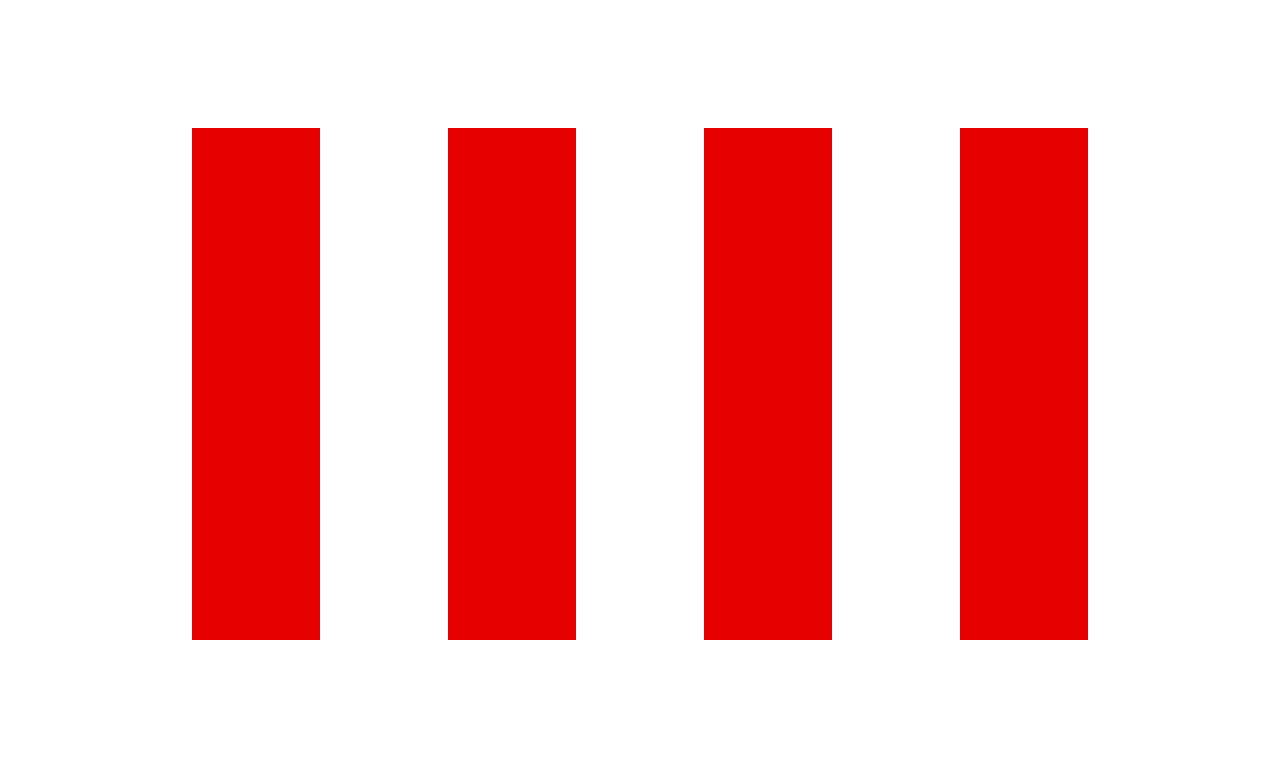The United Nations Honour Flag (also termed the United Nations Flag, the Honour Flag, or the Four Freedoms Flag, with alternate spelling "Honor" also used) was a flag symbolizing the Allies of World War II and their goal of world peace. It was designed in October 1942 by Brooks Harding (who was inspired by Franklin D. Roosevelt's Four Freedoms speech of January 1941), and it had some degree of use as a flag from 13 June 1943 to c. 1948 to represent the "United Nations" in the sense of the January 1942 Declaration by United Nations. However, it was never an official flag of the United Nations as an organization (which was founded in 1945, and adopted a different Flag of the United Nations in 1946).
The "Four Freedoms flag" or "United Nations Honor Flag", influenced by Roosevelt's Four Freedoms, and intended to symbolize the WW2 Allies and their goals, as set down in the Atlantic Charter and the Declaration by United Nations. This flag was designed by Brooks Harding in October 1942, and saw some use from 1943 to ca. 1948. It was sometimes called the "United Nations flag", but was never an official organizational flag of the post-war United Nations.
The Four Freedoms Flag, or United Nations Honor Flag, is displayed with the Stars and Stripes in this 1943 photo. Its four bars symbolize freedom of speech, of worship, from want and from fear. (John Collier/Library of Congress)
President Franklin D. Roosevelt had urged Americans to fly the flags of each country in what were called the United Nations. This wasn’t today’s international body, but the United States, Britain, the Soviet Union and China and those countries that had lined up behind them to fight the Axis powers. The list eventually grew to include 47 countries, and supporting players ranged from important military allies such as Canada and Australia to tiny Haiti and Ethiopia. That was far too many flags to fit on anyone’s pole.
It was rather simple: four pillars, bright red on a field of white. But the simplicity made it memorable and underscored its symbolic power. The four vertical bars represented the “Four Freedoms” that FDR had outlined in a 1941 address: freedom of speech, freedom of worship, freedom from want and freedom from fear.
Harding scrambled to have the flag made. He enlisted a Washington seamstress named Sue Siady to worked overtime to sew what was being called the United Nations Honor Flag or the Four Freedoms Flag. It was first formally displayed in Washington on June 14, 1943, Flag Day. A week later, it was raised at Dumbarton Oaks, the Georgetown estate where, a year later, the seeds of today’s United Nations were planted.
Proposed United Nations Flag
Dietrich holding "Artifact from Roswell Crash"





No comments:
Post a Comment